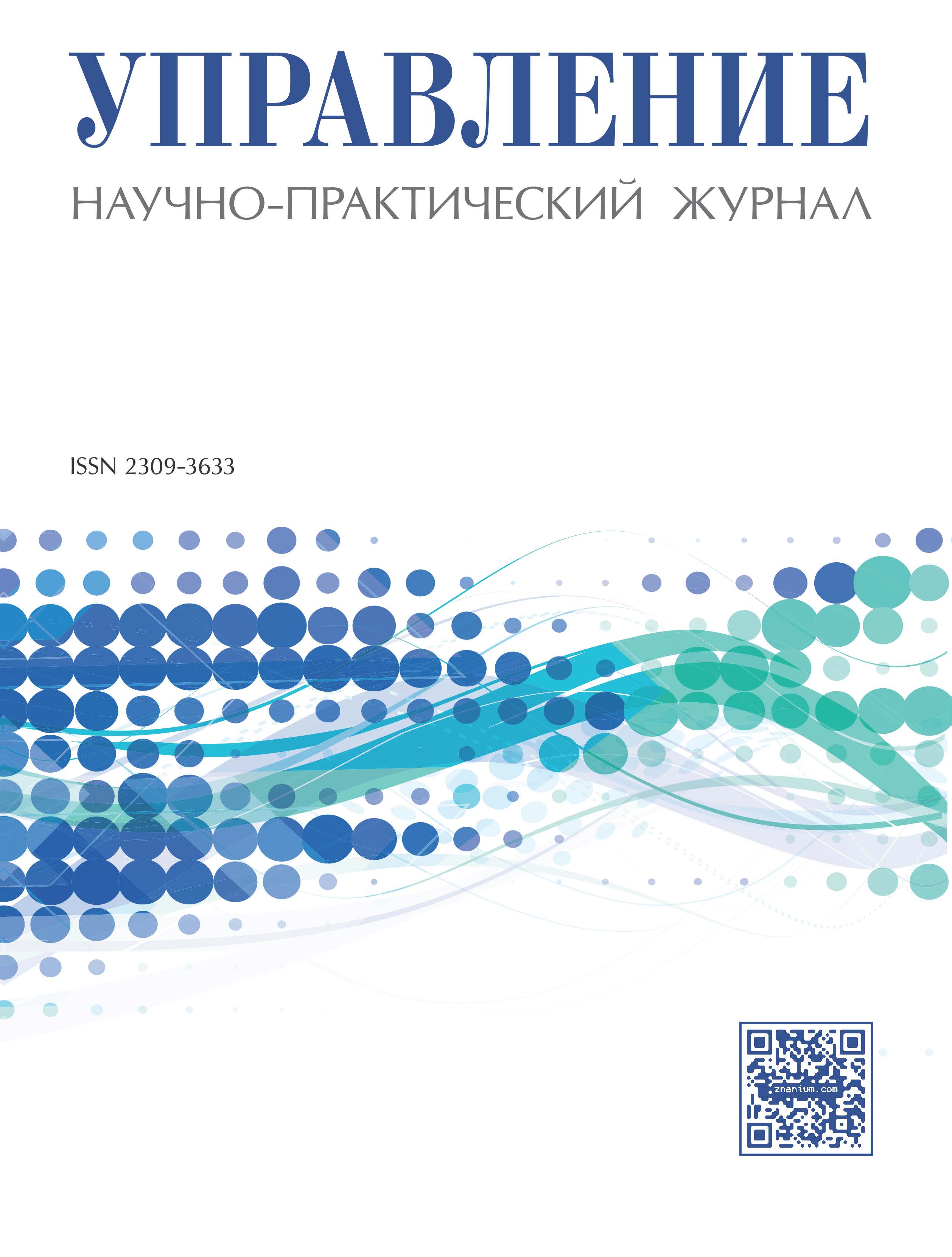The article examines main trends in financing the federal debt, pointing out its structure, with focus on the role of pension funds as a source of financing; because the surplus of Social Security funds is loaned to the rest of the government; interlinks concerning this process and possible problems; the peculiarities of the federal government pension system’s investment in the government bonds. The US public debt as a share of GDP is much less than in many countries, but its volume is near 20 trln. doll. It may be classified by marketable and non-marketable securities, which are mainly owed to certain government trust funds such as the Social Security trust fund. So the Social Security trust fund, in effect is exchanging one type of debt for the other, taking into consideration that the non-marketable securities represent amounts owed to the beneficiaries. The reserves are in effect borrowed for a time by the rest of the government, and then repaid with interest when the trust funds need them back. Looking ahead Social Security will continue to be financed through its own receipts, mainly payroll tax; and Social Security Trust Fund surplus will become diminishing, with less possibilities to finance federal debt.
US federal debt, pension funds, Social Security, federal budget.
Период администрации Б. Обамы вошел в историю США, в том числе беспрецедентным ростом государственного долга, объем которого к президентским выборам 8 ноября 2016 г. приблизился к значимой отметке 20 трлн долл. (составив 19,8 трлн долл.).
1. Lebedeva L.F. Pozitsii Rossii i SShA v politsentrichnom mire: sotsial’no-ekonomicheskiy aspekt [Positions of Russia and the United States in a polycentric world: the socioeconomic aspect]. SShA i Kanada: ekonomika, politika, kul’tura [US and Canada: the economy, politics, culture]. 2012, I. 11 (515), pp. 003-013.
2. Lebedeva L.F. Faktory i mekhanizmy obespecheniya sotsial’noy bezopasnosti v nachale XXI veka (opyt SShA) [Factors and mechanisms for social security at the beginning of the XXI century (US experience)]. SShA i Kanada: ekonomika, politika, kul’tura [US and Canada: the economy, politics, culture]. 2016, I. 7, pp. 25-34.
3. Pensionnye sistemy stran mira: strategii i opyt modernizatsii [Pension systems around the world: strategies and experience of modernization]. Moscow, «Ves’ Mir» Publ., 2016. 96 p.
4. Federal’nyy byudzhet SShA v period prezidentstva B. Obamy [US Federal budget during the presidency of Barack Obama]. Moscow, Ves’ mir Publ., 2016. 96 p.
5. Acturial Status of the Social Security Trust Funds. SSA. Wash., June 2016.
6. Aksenov P.A., Lebedeva L.F. Problems and Prospects of Russian Pension System: A Comparison with OECD countries. Journal of Applied Economic Sciences, Volume XI, Issue 7(45) 2016. -in engl.
7. Lebedeva L. F., Aksenov P. A., Emelyanov S. V., Emelyanov E. V. The Pension Funds’ Investment Regulation at the Beginning of the 21st Century: Comparative Analysis of Approaches of the USA, Canada, and the EU-15 Countries // Mediterranean Journal of Social Sciences. - 2015. - V. 6. N 4. - P. 155-162. (In English).
8. Morrison W., Labonte M. China’s Currency: An Analysis of the Economic Issues. Congressional Research Service. 2011.
9. OASDI Trustees Report 2016. Available at: https://www. ssa.gov/OACT/TR/2016/VI_C_SRfyproj.html#306103 (accessed 28 November 2016).
10. Pattison David. Social Security Trust Fund Cash Flows and Reserves. Social Security Bulletin, Vol. 75, No. 1, 2015.
11. Patton. US Debt is Heading Toward $20 Trillion: Where It’s been, Where It’s going and Why? Forbes. 2016.
12. Report on Foreign Portfolio Holdings of U.S. Securities as of June 30, 2015.
13. US Federal Budget. FY 2017. W., 2016.
14. When should public debt be reduced? IMF, 2015







